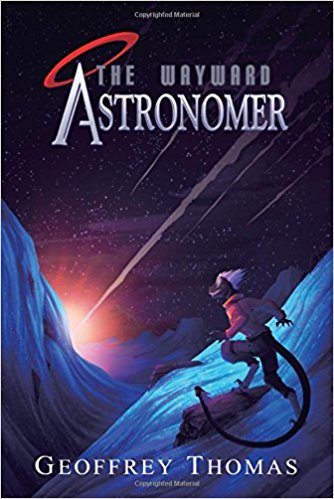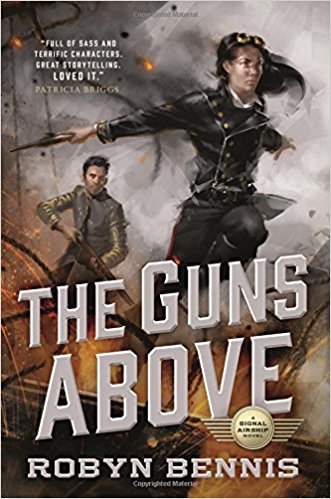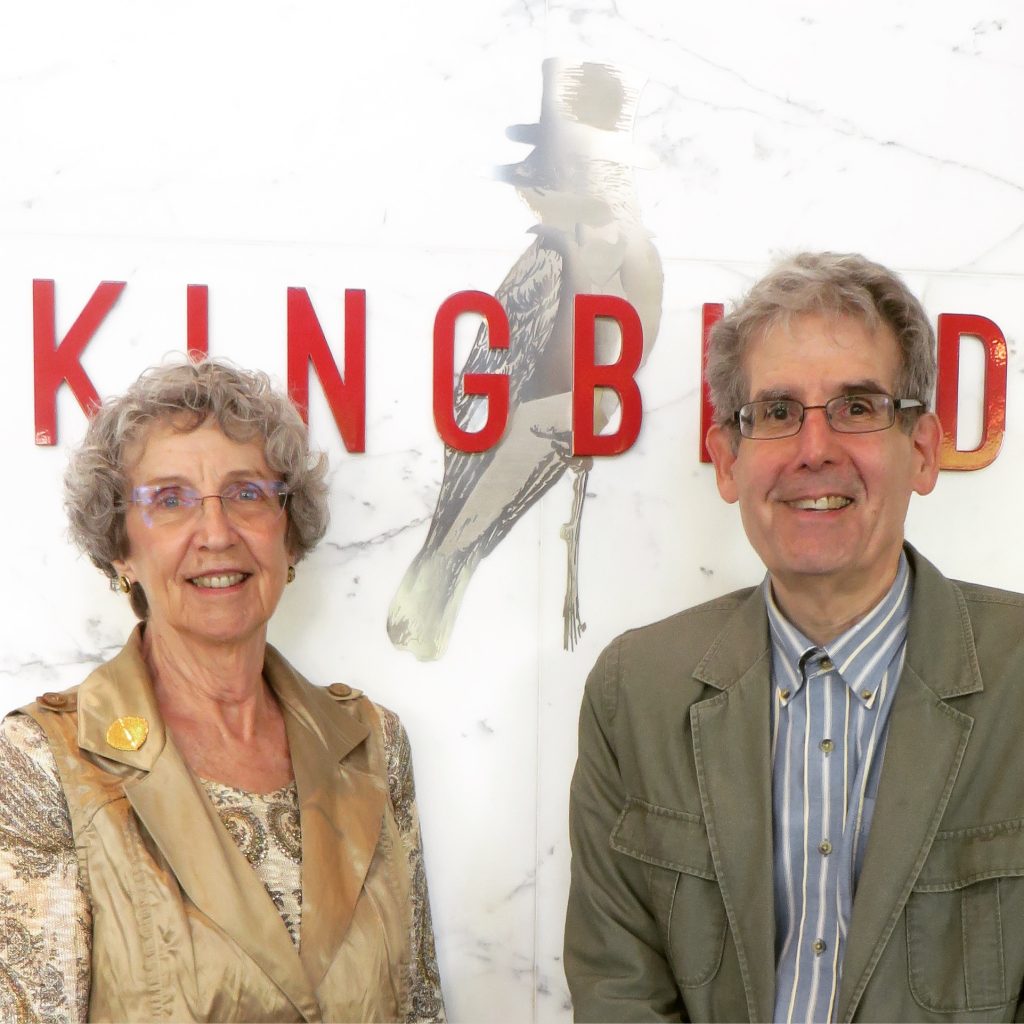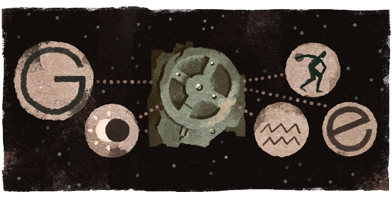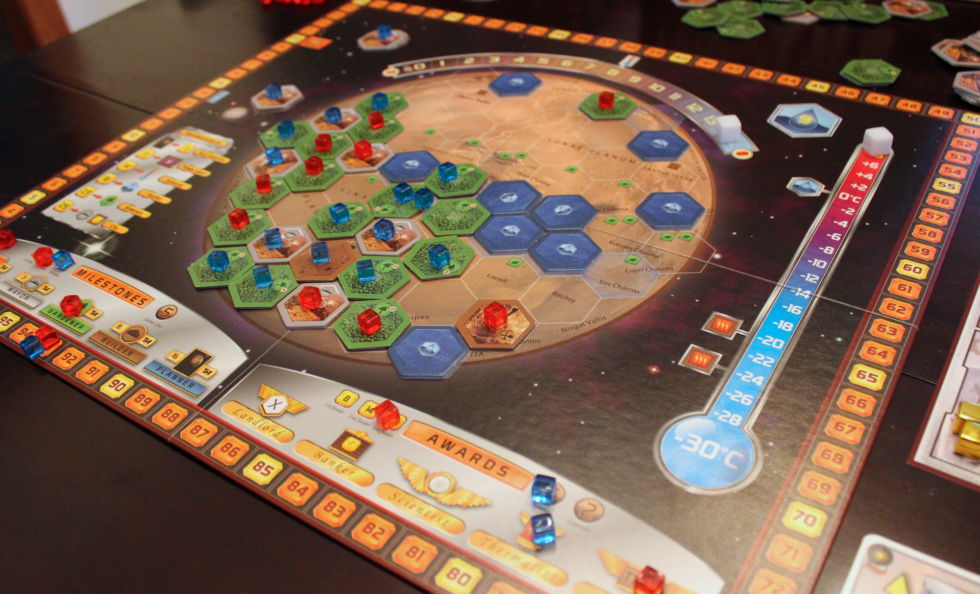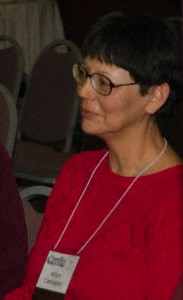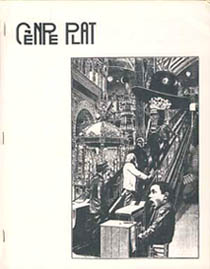(1) WINTER IS COMING TO HOGWARTS. Buzzfeed wants to help: “Let’s Find Out Which ‘Game Of Thrones’-‘Harry Potter’ Hybrid House You Should Be In “. Click away!
(2) DONATIONS SOUGHT. David Gerrold has started a GoFundMe to solve ” A Bubble In The Cash Flow”. He has raised $5,751 of his 7,500 goal at this writing.
Well, I wasn’t planning to do this, I really hate having to do this, but … circumstances have changed.
The mortgage, phone bill, and electric bill are all due and I have some serious car repairs looming, PLUS we’re still trying to repair two rooms in the house, as well as paying off some of last year’s delayed expenses. It’s a perfect storm of financial challenges.
What makes this necessary, two royalty checks are delayed, payment for a BIG story isn’t due until October, and negotiations on something else are dragging on longer than expected (and nothing is final until the check clears the bank anyway.) So I need to raise some serious cash right now. (Online sales have helped, just not enough.)
MOST IMPORTANT, books five and six in THE WAR AGAINST THE CHTORR are done, but they still need some editing, and I need to buy some serious writing time to work on them.
(3) LISTEN UP. Cat Rambo’s Flash Fiction Reading is available to the public:
A reading of “Mystery in Metal,” first published in Signs of Life: Contemporary Jewelry Art and Literature at the Facere Jewelry Art Gallery, 2013.
(4) CALLING ALL WAYWARD WRITERS. Planning on taking a writing workshop with Cat Rambo at a convention or via her online school? Here’s what to expect.
(5) PACEY NOT PREACHY. At Bastian’s Book Reviews, Robert Holbach recommends “The Salarian Desert Game by J. A. McLachlan”.
The Salarian Desert Game is just as wonderful to read as the first novel. Pacey, tongue in cheek, fun, and filled with adventure and peril. It is more hard-hitting than the first book, and it tackles some more challenging moral dilemmas. Don’t get me wrong: this is not a preachy novel. It’s a fun adventure novel which is designed to make readers think (from time to time). Kia is a great protagonist because she has a sense of humour, a sarcastic / rebellious streak, and because she isn’t a goody-two-shoes hero. She does the right thing more often than not, but not without grumbling. When there is no right and wrong, she is just as beset by difficulties with making decisions as the reader would be. Easy to identify with and plucky – a great character to spend literary time with.
(6) RIGHT THE FIRST TIME. Abigail Nussbaum, in “Recent Reading Roundup #44”, regrets giving an author a second chance.
The Buried Giant by Kazuo Ishiguro – I’m having trouble explaining to myself why I picked up The Buried Giant. After all, the only other Ishiguro novel I’ve read, Never Let Me Go, left me feeling disappointed, frustrated, and genuinely puzzled at the love and admiration that so many other readers (including genre readers) had for it. The only justification I have for giving Ishiguro another look is that it had been ten years since Never Let Me Go put me off, and in that time the ongoing praise for it made me doubt my own recollections. Was it possible that I was being too harsh? Did I miss the point of the novel’s tragedy, seeing nastiness in what was intended as a soulful meditation on the human condition? Add to that the conversation that developed around The Buried Giant‘s genre, and the fact that its premise and setting sounded intriguing, and it seemed like a good opportunity to give Ishiguro a second try. Turns out, I was right the first time. Ishiguro is a nasty piece of work; The Buried Giant, like its predecessor, is a mean-spirited, taunting bit of misery-porn that seems to hold its readers in actual disdain, and pretends to profundity without having anything to say. And what makes it all worse is that I have no one to blame but myself.
(7) LONG PLAYING. The records on the Voyager spacecraft — and how they almost got punted: “How the Voyager Golden Record Was Made”, from The New Yorker.
We inhabit a small planet orbiting a medium-sized star about two-thirds of the way out from the center of the Milky Way galaxy—around where Track 2 on an LP record might begin. In cosmic terms, we are tiny: were the galaxy the size of a typical LP, the sun and all its planets would fit inside an atom’s width. Yet there is something in us so expansive that, four decades ago, we made a time capsule full of music and photographs from Earth and flung it out into the universe. Indeed, we made two of them.
The time capsules, really a pair of phonograph records, were launched aboard the twin Voyager space probes in August and September of 1977. The craft spent thirteen years reconnoitering the sun’s outer planets, beaming back valuable data and images of incomparable beauty. In 2012, Voyager 1 became the first human-made object to leave the solar system, sailing through the doldrums where the stream of charged particles from our sun stalls against those of interstellar space. Today, the probes are so distant that their radio signals, travelling at the speed of light, take more than fifteen hours to reach Earth. They arrive with a strength of under a millionth of a billionth of a watt, so weak that the three dish antennas of the Deep Space Network’s interplanetary tracking system (in California, Spain, and Australia) had to be enlarged to stay in touch with them.
(8) THE IRON BOARD. In a kind of thought experiment, experts on British history and royalty weigh in on “Game of Thrones: Who is the true heir?” First to be considered, Cersei Lannister.
Richard Fitzwilliams says: In Britain, an heir is determined by descent and parliamentary statute. Succession is also determined by the sequence of royal family members.
Cersei declared herself queen without any legitimacy. Her claim rests on two things: being Robert Baratheon’s widow and the mother of two dead kings.
She resembles the villainous Margaret of Anjou, queen by marriage to the feeble King Henry VI. Margaret was also ruthless and highly influential.
Sarah Peverley says: Inheritance in the Seven Kingdoms is based on real medieval laws, often prone to contradictory interpretations.
Generally speaking, the law of primogeniture seems to govern the Iron Throne, which females can claim in the event of no male heir. Or they can act until a young king comes of age, as Cersei attempted to do. But her current claim rests solely on the power she wields.
Gordon McKelvie says: There have been plenty of unpopular queens with too much influence and power. Cersei seems to share their qualities.
I can’t think of any historical example where a king (with no children) dies and passes the crown to his mother. No one in medieval England made such a dramatic grab for power like Cersei did.
(9) HOOPER OBIT. Horror film director Tobe Hooper (1943-2017) died August 27 at the age of 74. He was most famous for The Texas Chainsaw Massacre (1974).
His tale of a family of cannibals with oversized kitchen utensils, laced with dark humour, became cult viewing.
Hooper also directed Poltergeist, and the Salem’s Lot TV miniseries.
(10) TODAY’S BIRTHDAY BOY
- Born August 27, 1922 — Kelly Freas
(11) WHEN GRRM COULDN’T GET HIRED AS A TV WRITER. Guess which show didn’t want to hire a science fiction writer, even one with previous TV experience?
Speaking at a workshop at UCSD’s Arthur C. Clarke Center for Human Imagination in May, the prolific writer got onto the subject of how there has long been a stigma against science fiction. To illustrate this, he told the following story about being rejected by Star Trek: The Next Generation:
I had an interview with Star Trek: The Next Generation for a possible job as a staff writer. I remember coming in to the office of this producer – who thankfully did not last long on the show and you can see why when I tell the story. He said “I don’t know who you are can you tell me your credentials.” And I said “I am just coming off Twilight Zone where I worked for a while, but before that I wrote novels and short stories. I am primarily a science fiction writer.” And he said “Oh really, well Star Trek is not a science-fiction show, it is a people show.” I was fooled by the photon torpedoes and starships. I was misled. Needless to say I did not get that job.
(12) WORLDCON 75 VIDEOS. The con now has 45 videos on YouTube although a little birdie chirped that no video of the Hugo Ceremony is among them.
(13) HEAVY SCHEDULE. Nalo Hopkinson’s conreport on Patreon can be viewed by the public: “Worldcon 75 (Helsinki) & the Edinburgh Book Festival”.
Worldcon 75 in Helsinki was amazing, just bloody amazing. It was one of the best attended Worldcons ever. The general aura of the con was jubilant. Helsinki is very easy on the eyes, but I didn’t take many pics. When you’re a Guest of Honour at a Worldcon, you don’t get much breathing room. It wasn’t only the many panels and events I was on, but I gave a couple of interviews practically every day of the con….
(14) FREE DAY. Captain Pigheart — Nick Tyler, who works for Angry Robot Books – begins his report: “A Whistle-Stop Tour of Worldcon75, Helsinki Day One”.
We selected BICYCLE as our vehicle of choice, swayed by the 10 Euro a week rental. The con venue was relatively easy to find, though Google Maps yelling incomprehensible Finnish placenames in my ear was quite stressful. It was closed. Since it was the day before the con, that made sense. We had found the most important place. Second most important: beer.
(15) PANEL FAN. Canadian professor and aspiring SFF author David Lamb covered a lot of programs in his convention write-up.
- “Thursday at Worldcon 75”
- “Friday at Worldcon 75”
- “Saturday at Worldcon 75”
- “Sunday (final day) at Worldcon 75”
14:00 Writing about Plants, Landscapes, and Nature with Anthony Eichenlaub, J.S. Meresmaa, Eric Scott Fischl. The initial part talked about settings in general. One speaker didn’t like the “setting is a character” meme; it’s something else because it has no character arc. Descriptions can be practical, but can be also set the tone. What are the daily and seasonal challenges in a setting? What senses other than visual are evoked?
Setting can help establish a character’s personality; one speaker mentioned using descriptions of lawns, and another mentioned how someone curses at brambles. Non-nature settings deal with similar issues: Lyndon Johnson would establish dominance by sitting in a higher chair with visitors sitting on a low couch.
If a region is unfamiliar, you need to do a lot of research. There’s an incredibly detailed survey of different soil types around the United States. One author was tripped up in that the bioluminescent species in one place was fireflies and in another was glowworms. Describing the diversity of a forest is very hard, as is some type of landscape you haven’t experienced. Another resource: Michael Dirr’s Manual of Woody Landscape Plants; it has no pictures but you can google the plant names. The Drunken Botanist by Amy Stewart describes plants used to make alcohol.
(16) FROM SEA TO SHINING SEA. Stephanie Saulter sketches out a few memories in “What I Did On My Summer Holiday (or, How to travel to Helsinki and end up on the radio in Bristol)”.
No post-mortem as such, but I was asked if there was a particularly memorable con moment. There were actually two, starting with the panel I wasn’t scheduled to be on and the reading I hadn’t known I was going to do. The panel was Caribbean SF, and featured Worldcon Guest of Honour, fellow Jamaican Nalo Hopkinson; Barbadian writer, Worldcon Toastmistress and my good mate Karen Lord; and Brandon O’Brien from Trinidad & Tobago. As they made their way to the front of the room I was summoned from my front-row seat to join them on the platform….
(17) UNCANNY COMPLETES KICKSTARTER. The Disabled People Destroy Science Fiction / Uncanny Magazine Kickstarter fully funded, and met its stretch goals for a print edition, and for a Disabled People Destroy Fantasy issue.
The final update included DPDSF Personal Essays Editor Nicolette Barischoff’s personal essay.
What do you want to see more of in representations of disability?
What do YOU want to see more of in representations of disability?
I actually had to think awhile about how to answer it. Of course there are the self-evident answers: I want characters who are well-rounded, who are real, who are interesting. Characters who live honestly within their limitations without ever being consumed by them. But let’s assume the writer who asks this question is already planning on doing these things as part of writing a halfway decent story. What, specifically, do I as a disabled reader want to read more of?
The answer I came up with was that I wanted characters whose disabled bodies felt lived-in. I wanted to see characters whose disabilities were nothing new to them, who had inhabited their bodies for their entire lives (or at least a good long time) and who knew how to navigate their possibly deeply inconvenient worlds without thinking very much about it.
The trouble for me is that disabled characters as written by able-bodied writers tend to spend a lot of time thinking about disability, and feeling things about it. Bran Stark, one of the more prominent disabled protagonists right now, spends an awful lot of his inner life lamenting his broken body, even five books later. Around book four, I would have loved to experience a little less lamenting and a little more of Bran adapting to the new limitations of his body. What’s Bran’s day-to-day like? Apart from a convenient supernaturally gentle giant, what clever medieval assistive technologies have the household clergy dreamed up to help their lord get around Winterfell? (The handsome man at my elbow would like to point out that George R.R. Martin did rather thoughtfully line the walls of Bran’s bedroom with weight-bearing bars.) What does he think about in the moments when he’s pissing, or bathing or eating or scratching an itch? There’s gotta be whole hours where even Bran Stark doesn’t think about his broken back at all.
(18) MICRO SOLAR. BBC reports “‘Cyborg’ bacteria deliver green fuel source from sunlight”.
Scientists have created bacteria covered in tiny semiconductors that generate a potential fuel source from sunlight, carbon dioxide and water.
The so-called “cyborg” bugs produce acetic acid, a chemical that can then be turned into fuel and plastic.
In lab experiments, the bacteria proved much more efficient at harvesting sunlight than plants.
The work was presented at the American Chemical Society meeting in Washington.
Researchers have been attempting to artificially replicate photosynthesis for many years.
(19) BACKWARDS TO THE FUTURE. Brian Merchant interviews William Gibson about his new novel for Motherboard.
On that note, in Archangel, present-day post-apocalyptic America has been brought about at least in part by a US president-cum-wannabe-dictator, who consolidated power in the wake of a nuclear tragedy. Any present-day through-lines you’d like to comment on there?
If you look at American science fiction from the Cold War, that’s not a novel scenario. It’s more like a meme. Using it in Archangel felt like resurrecting an American retro-future, which is what it is. But I never expected to be living, right now, in that American retro-future!
(20) ODIOUS,. Meanwhile, back in 2015… Adam-Troy Castro’s verse “Ode To That Signed Book by Him Who Chose To Block Me” is just as relevant to Facebook users today.
O that novel on my shelf
by him who chose to block me,
Who signed it o’er to my self,
in belief that it would rock me,
who called me friend and colleague then,…
in the hopes I’d write some praise,
with fine excerptable blurb,
that might his royalties raise.
But alas! Alack! That book
of Heinleinian flavor,
with ray gun blasts, I ne’er took
an afternoon to savor.
My author pal got online
with Hugo-baiting rancor
o’er books both poor and sublime,
with allies like a canker….
[Thanks to Cat Rambo, John King Tarpinian, JJ, Andrew Porter, and Chip Hitchcock for some of these stories. Title credit goes to File 770 contributing editor of the day Daniel Dern.]


